Lessons from Community Memory, the First Publicly Available Social Media System
 Lee Felsenstein’s work in tech and social organizing led to the creation of the Community Memory project, the first publicly available social media system and public computerized bulletin board system. Mr. Felsenstein was also a founding member of the Homebrew Computer Club, and he helped develop the personal computer.
Lee Felsenstein’s work in tech and social organizing led to the creation of the Community Memory project, the first publicly available social media system and public computerized bulletin board system. Mr. Felsenstein was also a founding member of the Homebrew Computer Club, and he helped develop the personal computer.
So, what was the first publicly accessible computerized bulletin board like? Mr. Felsenstein was less concerned with metrics around volume and recalls more specifically the diversity of interactions that happened through Community Memory. “We found somebody who did some typewriter graphics on it, [using] the teletype to laboriously draw a picture of a sailboat. That was not anticipated. We found all manner of people asking questions and giving answers to questions.” (Go to 7:07 in the discussion to hear more.)
Mr. Felsentein also describes in great detail how he helped onboard people to Community Memory. Psychedelic posters, a cardboard box covering, and a person that stood near the terminal at all times who served as a promoter, tech support, and a bodyguard all helped people walking by Community Memory in its first home, a record store, use a virtual bulletin board for the first time.
There are many takeaways from this episode of Community Signal, but let’s start with one –– Community Memory’s approach to onboarding and tech education helped many take their first steps with computers and with virtual message boards. How can we carry this example forward, when for a lot of us, access to the internet comes by way of our mobile devises. Mr. Felsenstein is thinking about this and other community builders should, too.
Mr. Felsenstein and Patrick also discuss:
- The Free Speech Movement of the ’60s
- The origin and story of Community Memory
- Lee’s involvement with The WELL
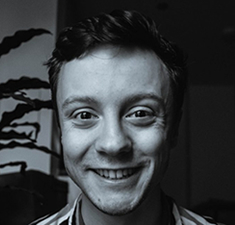 The Zombies game mode within the popular Call of Duty video game franchise has created a massive community of fans and players who not only play and connect with the developers, but with each other as they try to discover every aspect of each piece of content released for the game.
The Zombies game mode within the popular Call of Duty video game franchise has created a massive community of fans and players who not only play and connect with the developers, but with each other as they try to discover every aspect of each piece of content released for the game.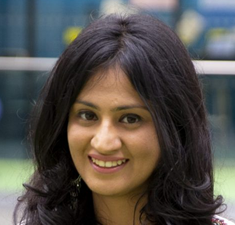 In addition to practicing community management as a profession, many of the listeners, guests, and even members of the team behind Community Signal, manage communities part-time. These might be communities that align with our personal passions or hobbies or communities that exist specifically to help ourselves and others grow. That is exactly the mission of
In addition to practicing community management as a profession, many of the listeners, guests, and even members of the team behind Community Signal, manage communities part-time. These might be communities that align with our personal passions or hobbies or communities that exist specifically to help ourselves and others grow. That is exactly the mission of 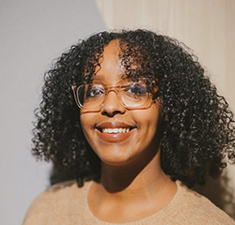 The field of community management is buzzing. We have more tools available to us than ever before and an abundance of communities and resources to connect us with fellow professionals who know our work and want to share knowledge. But what goes into creating inclusive, diverse, and truly open and welcoming spaces for community professionals? Who is given a platform to share knowledge?
The field of community management is buzzing. We have more tools available to us than ever before and an abundance of communities and resources to connect us with fellow professionals who know our work and want to share knowledge. But what goes into creating inclusive, diverse, and truly open and welcoming spaces for community professionals? Who is given a platform to share knowledge? What would happen if you woke up tomorrow and couldn’t share any news articles on Facebook? How would that impact the communities that you manage or the way you share information with family and friends? What if this ban included information provided by emergency services agencies for things like natural disasters, wildfires, and domestic violence? This situation is not a hypothetical one for Australian users of Facebook. Just last week, after Facebook failed to make an agreement to pay Australian news organizations for linking to their content, the company issued a ban that prevents sharing Australian or international news content on the platform.
What would happen if you woke up tomorrow and couldn’t share any news articles on Facebook? How would that impact the communities that you manage or the way you share information with family and friends? What if this ban included information provided by emergency services agencies for things like natural disasters, wildfires, and domestic violence? This situation is not a hypothetical one for Australian users of Facebook. Just last week, after Facebook failed to make an agreement to pay Australian news organizations for linking to their content, the company issued a ban that prevents sharing Australian or international news content on the platform.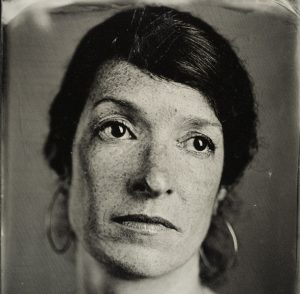 What are the topics of discussion that you would expect to come across in a weather community? Storms, climate change, and forecast accuracy are part of the conversation.
What are the topics of discussion that you would expect to come across in a weather community? Storms, climate change, and forecast accuracy are part of the conversation.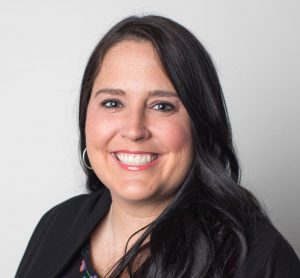 If you have ever used Google to look up a restaurant you wanted to eat at or to research before visiting someplace new to you, you’ve probably depended on information contributed by a Local Guide.
If you have ever used Google to look up a restaurant you wanted to eat at or to research before visiting someplace new to you, you’ve probably depended on information contributed by a Local Guide. 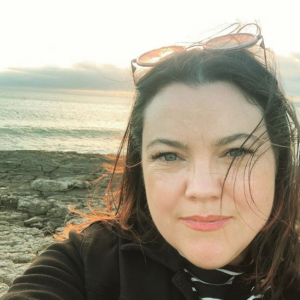 If you were building a community product, how would you start? Who would you choose as your first hire? What efforts would you make to ensure that the product is inclusive, safe, and well-moderated?
If you were building a community product, how would you start? Who would you choose as your first hire? What efforts would you make to ensure that the product is inclusive, safe, and well-moderated? There are many different categories of diversity and, as community practitioners, continuously learning about them and questioning our assumptions will only help us build more inclusive communities. In this episode of Community Signal, we’re joined by
There are many different categories of diversity and, as community practitioners, continuously learning about them and questioning our assumptions will only help us build more inclusive communities. In this episode of Community Signal, we’re joined by  This episode marks 5 years of Community Signal! If you tune in, you’ll hear Patrick share a thank you for the incredible guests and collaborators that have helped get us here, in addition to the sponsors and Patreon supporters that have generously supported this work. We’re proud to share the stories and learnings of our peers in the community industry and Patrick, Karn, and myself look forward to speaking to more of you! If you ever have feedback on the show or want to suggest a guest, we’d love to hear from you. Please
This episode marks 5 years of Community Signal! If you tune in, you’ll hear Patrick share a thank you for the incredible guests and collaborators that have helped get us here, in addition to the sponsors and Patreon supporters that have generously supported this work. We’re proud to share the stories and learnings of our peers in the community industry and Patrick, Karn, and myself look forward to speaking to more of you! If you ever have feedback on the show or want to suggest a guest, we’d love to hear from you. Please